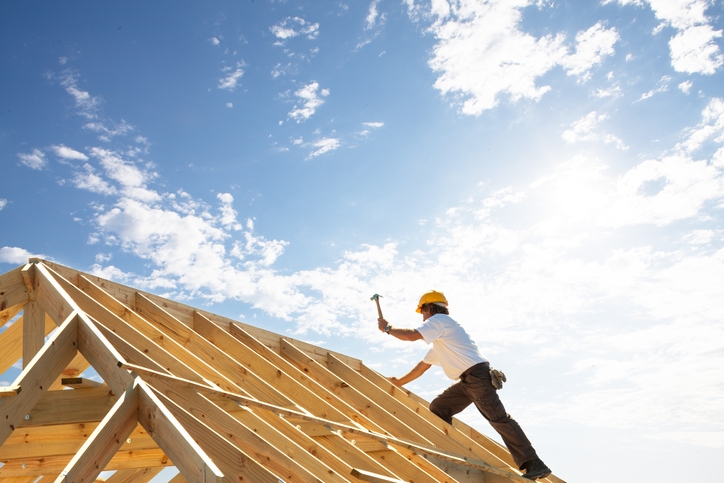
Housing Starts Jump Nearly 12% In November From October

Commerce Department report shows continuing signs of strength for the housing market in 2022.
The housing market continues to show signs of strength, based on the latest report on new construction released today by the U.S. Department of Commerce.
Privately owned housing starts in November were at a seasonally adjusted annual rate of 1,679,000, up 11.8% from the revised October estimate of 1,502,000 and 8.3% above the November 2020 rate of 1,551,000, the department said.
Single‐family housing starts in November increased 11.3% to 1,173,000 from the revised October figure of 1,054,000, the department said. The November rate for units in buildings with five units or more was 491,000.
Deputy Chief Economist Odeta Kushi of First American Financial Corp. says the report signals the strength of the housing market.
“The number of permits issued, which can indicate how much construction is in the pipeline, increased by 3.6%,” she said. “Homebuilding rose as total housing starts increased 11.8% month over month, with single-family home starts up 11.3%.”
She noted that November also saw a 4% increase in the number of completed homes, “which is additional new net supply added to the housing stock. The growth in completions means more homes on the market in the short-term, offering some immediate relief in alleviating housing supply shortages.”
Kushi said builders appear to be ending the year feeling confident, “with the homebuilder sentiment index increasing for the fourth straight month in December – up one point to 84. Of the index’s three components, both current sales conditions and the traffic of prospective buyers rose 1 point.”
She noted that the lack of existing homes for sale supports new construction. “Demand for new homes continues to be propelled by demographically-driven demand for housing against a backdrop of historically tight existing-home inventory,” Kushi said.
“On the supply side,” she continued, “builders continue to face a shortage of skilled labor, materials and lots, all headwinds to increasing the pace of new home construction. The number of single-family homes permitted but not started declined this month, but remains elevated, approximately 41% higher than one year ago.”
She said lumber prices, another barrier to construction, are rising again due to a combination of supply-chain disruptions and labor shortages at sawmills. “Another spike in prices may further delay new-home completions and negatively impact affordability,” she added.
“Another headwind to building more homes – demand for construction workers is high but hiring remains difficult,” Kushi said. “The ratio of construction job openings to hires in October dipped to near record lows and remains below pre-pandemic levels, implying it is more difficult to hire now.”
Her bottom line is that the market needs more homes, “and it will take time to reduce the housing stock ‘debt’ in the face of growing demand. But today's housing starts report, in combination with a positive builder's sentiment report, sends an optimistic message about the housing market as we enter 2022.”




